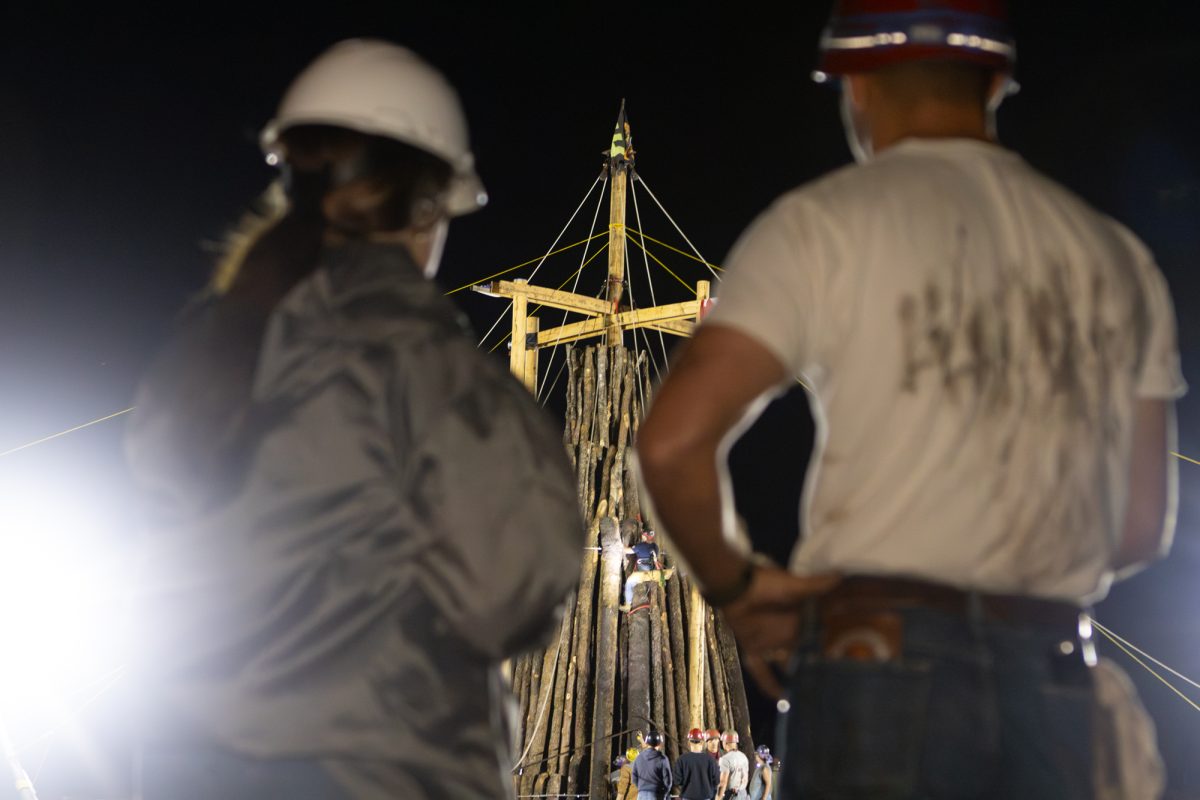The tragedy, the heartbreak and the romance of one of Shakespeare’s most famous plays will be brought to life by the Moscow Festival Ballet’s rendition of “Romeo and Juliet” in Rudder Auditorium on Wednesday.
The company’s ballet master Alexander Daev said this particular performance approaches the plotline in a way that makes it stand out from other portrayals of the classic tale.
“The main difference is our ‘Romeo and Juliet’ is set to music by Peter Illyich Tchaikovsky, whereas other companies perform this ballet to the music of Prokofiev,” Daev said. “Our version is much shorter. Also, the choreography is by our artistic director, Elena Radchenko, after Marius Petipa. Elena Radchenko and Sergey Radchenko designed the costumes and set. Our ballet has an ending that goes beyond the final death scene.”
Arden Robertson, former member of the Northwest Florida Ballet Academie and freshman accounting major, said depicting a story such as “Romeo and Juliet” through a ballet can be challenging.
“The thing about ballet, and what I’ve learned about it after doing it for so many years, is it’s such an expression – trying to express the storyline, especially when you have something like ‘Romeo and Juliet,’ without words,” Robertson said. “‘Romeo and Juliet’ is so centered around literature and the poetry aspect of it and to explain that plot without words is completely amazing and such a big achievement.”
Many of Shakespeare’s plays, including “Romeo and Juliet,” have been performed in a variety of ways. Laura Estill, assistant professor of English and Shakespeare enthusiast, said this is more acceptable than most people think.
“We have to remember that Shakespeare himself was writing an adaptation,” Estill said. “‘Romeo and Juliet’ was not Shakespeare’s original story. It comes from an Italian plotline. Shakespeare did not write his own plots. There is only one play we know that he might have invented the plot for. So he always takes other people’s stories and adapts them and makes them relevant to his time, which is why it’s totally appropriate for us to take his stories and adapt them.”
“Romeo and Juliet” has been adapted into many different versions, including the 2011 cartoon “Gnomeo and Juliet” and Baz Luhrmann’s 1996 modernization of the play starring Claire Danes and Leonardo Dicaprio. Estill said audiences respond differently to each version of the story.
“I think that each adaptation makes an argument about Shakespeare’s play and why it’s important,” Estill said. “That’s why different people will be drawn to different versions of it.”
Daev said one of the reasons “Romeo and Juliet” is such a timeless tale is because of its unifying theme of love.
“The story of ‘Romeo and Juliet’ is the story of love and the importance of love in our lives,” Daev said. “Love can bring on the greatest miracles and the worst tragedies. Love is a universal feeling for every human on the planet. Love is not bound by time or place, but we all feel it and its power. This is why we perform ‘Romeo and Juliet’ all over the world.”
In addition to its reputation as a timeless love story, Estill said “Romeo and Juliet” has additional elements that make the play appealing to audiences, including sword fighting and humor.
“There’s laughter, there’s death, there’s feuding families,” Estill said. “That’s why ‘Romeo and Juliet’ has remained.”
Timeless tale gets stage facelift
February 17, 2014

0
Donate to The Battalion
Your donation will support the student journalists of Texas A&M University - College Station. Your contribution will allow us to purchase equipment and cover our annual website hosting costs.








